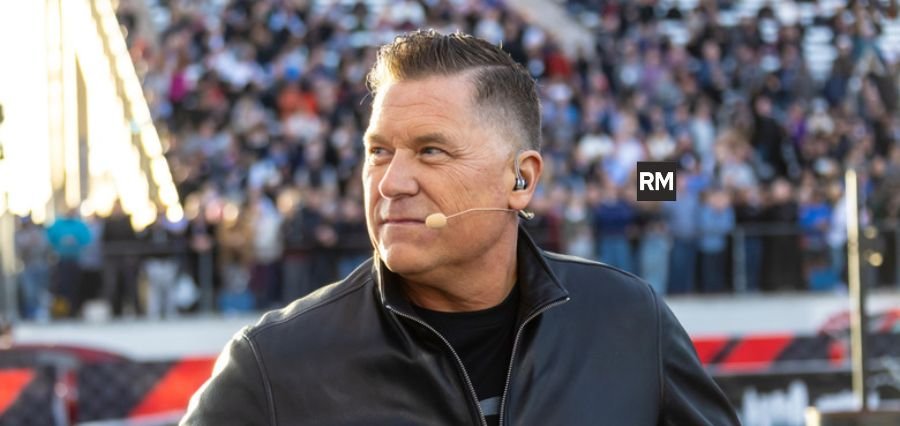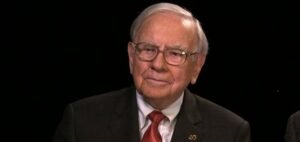Prime Highlights
- Stellantis has named a new North American chief with a mandate to revive its core U.S. brands and performance segment SRT.
- The change in leadership will infuse new energy into Dodge, Chrysler, Ram, and SRT performance-oriented division.
Key Facts
- The new chief replaces departing Jeep CEO Tim Kuniskis and will oversee several American Stellantis brands.
- A central point of emphasis will be to reactivate SRT, Stellantis’ high-performance brand deeply cherished by enthusiasts.
- The move is part of a broader strategy for Stellantis to solidify its leadership in the North American automotive market.
Key Background
Stellantis, the multinational automotive behemoth that resulted from the merger between Fiat Chrysler and PSA Group, is in a process of strategic rebirth to reclaim its mojo in the North American market. The process is taking place as the company navigates a changing automotive landscape, heightened competition, and the imperative to make its iconic American brands—Dodge, Chrysler, Ram, and Jeep—aligned with contemporary performance and consumer standards.
An important component of this change is the hiring of a new head of its North American business. This executive, replacing departing Jeep CEO Tim Kuniskis, comes with a fresh emphasis on performance, heritage, and market sensitivity. Most significantly, the firm is re-engaging with the Street & Racing Technology (SRT) unit, which had lost some prominence in recent years.
SRT is not just a badge, it’s an American muscle legacy, tied to powerhouses like the Dodge Challenger Hellcat, Viper, and performance-honed Jeeps. In the last couple of years, the unit had been quietly integrated into the overall Stellantis brand matrix, with many wondering about its future. The new leadership wants to rekindle that magic by restoring SRT as a product development and brand narrative priority.
This new strategy also marks Stellantis’ wider commitment to establishing a stronger presence in a key market. In spite of expansion on the international scale, the firm has experienced points of stagnation for sales within the North American market, giving it cause to necessitate a revitalized, localized leadership strategy. The new executive will be tasked with aligning marketing, retail operations, and brand distinction strategies within a single vision focused on performance, identity, and loyalty to the customer.
By concentrating decision-making and rekindling performance passion through SRT, Stellantis expects not only to stabilize its U.S. presence but also to lay the groundwork for a new era of American muscle that comes together legacy and future-focused innovation. This leadership transition, then, is not merely symbolic—it is strategic and timely.




